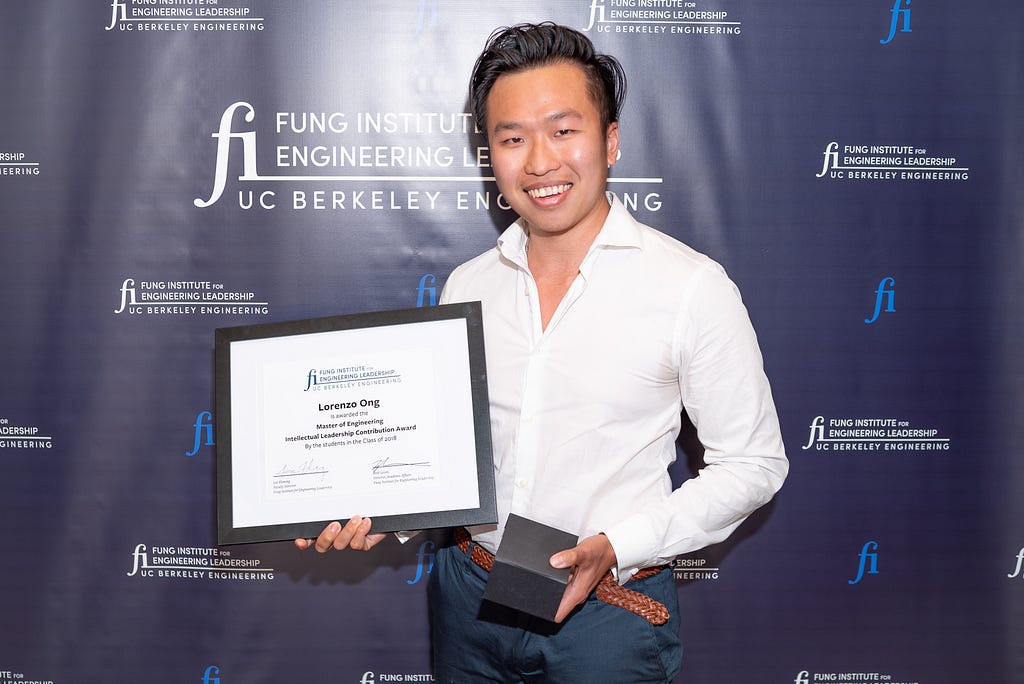By Maya Rector

Building a score to model the efficiency of hospitals
The Data-Driven Precision Healthcare Analysis team’s goal was to build an efficiency score to model the efficiency of hospitals. US health spending is twice as much as other countries around the world, and it would seem that more money being spent should translate to better health outcomes. Unfortunately, that isn’t the case, and the team is working on combating this. The team explained that the government paid single payer system has positive outcomes in countries around the globe, however, the US healthcare system does not adopt this method since it operates on a for-profit system. The team predicts that the US will slowly move away from the for-profit healthcare system, and they see it phasing out within the next 50 years. Meanwhile, the team sees the need for hospitals to locate the inefficiencies in their spending, and they were able to do this by collecting data and using Log cost data to eliminate right skewness. From there, they noticed a pattern in clusters and divided it into 4 clusters to recognize investment patterns. Lastly, they used LASSO regression analysis to build their efficiency score model.Detecting and monitoring seizures with an implanted chip
The On-Chip Biosignal Computation team was focused on detecting and monitoring seizures. They took a look at the sensitivity vs false alarm rate of seizures once patients are hospitalized, and then examined values to determine final seizure detection results. Using these values, the team was able to construct a low power (<100nW = low power) method that is lower than the seizure detection methods currently on the market. Essentially, the product is a chip that can be placed in the brain to detect seizures ahead of time and prevent full seizures from occurring. Since there is very little overhead to this system, it would be a great alternative to current seizure detection and monitoring services.Using these values, the team was able to construct a low power (<100nW = low power) method that is lower than the seizure detection methods currently on the market.
Creating assistive exoskeletons to aid stroke recovery patients
The Assistive Exoskeleton for Stroke Assessment and Recovery team was focused on creating assistive exoskeletons to aid stroke recovery patients. Since strokes cause the destruction of brain cells and a loss of mobility for survivors, the team designed a product that would fit the individual needs of patients. Through need identification, they first need to assess the arm mobility of patients. From there, they can construct a lightweight and easy to use device dependent on individual needs. The team has constructed a sleeve model for easier access for patients who have lost mobility in their arms. They also take into account torso rotation angles, flexion and extension, shoulder angles, internal and external factors, and inertial measurement unit (IMU) of the back arm and forearm. After tracking this data, the team was able to convert raw data into sensor absolute orientations and estimate sensor orientations on the body. This has resulted in validating data using motion capture (a system tracking position of markers), which will allow them to construct tailored exoskeletons for stroke survivors.This has resulted in validating data using motion capture (a system tracking position of markers), which will allow them to construct tailored exoskeletons for stroke survivors.After the presentations, students, faculty, and visitors from outside organizations gathered for an awards ceremony followed by a reception. This year’s awards were given as indicated below:





Innovating for a healthier tomorrow at the 7th annual Capstone Showcase: Day 2 was originally published in Berkeley Master of Engineering on Medium, where people are continuing the conversation by highlighting and responding to this story.


